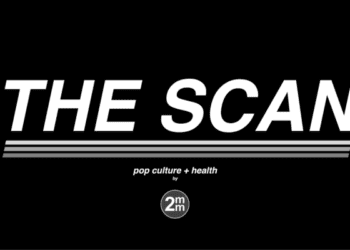Early childhood reading linked to positive brain activation
Children who were read to more frequently at home showed greater brain activity in areas responsible for narrative comprehension and visual imagery regardless of household family income.
Study Rundown: Previous research has shown that early cognitive stimulation in infancy influences positive health outcomes, and the American Academy of Pediatrics currently recommends reading to children from birth as this stimulates optimal brain development and positive family relationships. It is known that these methods provide benefits to oral language and reading comprehension, however but no quantifiable data of the effects on the brain has yet been gathered. Authors of the current study sought to study the potential benefits of early reading exposure by examining the brain activity of preschool-aged children with blood oxygen level-dependent functional MRI (BOLD fMRI). Results suggested that greater reading exposure was associated with activation of areas of the brain that support mental imagery and narrative comprehension. This study may be limited by recall bias, as the assessment questionnaire was retrospectively administered, and participation bias, as families who participated may have been more eager to engage in their child’s development. Nonetheless, these findings could encourage providers to urge parents to read as much and as often as they can to their children, starting in infancy.
Click to read the study, published today in Pediatrics
Relevant Reading: Literacy Promotion: An Essential Component of Primary Care Pediatric Practice
In-Depth [cross-sectional study]: Researchers obtained data from 19 children ages 3 to 5 years old who were current participants in an ongoing longitudinal study, the Cincinnati MR Imaging of NeuroDevelopment. The degree of cognitive stimulation was assessed in the home environment using a parent-report questionnaire, the StimQ (preschool version). The StimQ assesses reading (access, frequency, and variety), parental involvement in developmental advance (teaching concepts), and parental verbal interactions with their child. Children underwent BOLD fMRI while listening to stories, 5 of which were active and 5 of which were control). Active sessions consisted of recorded stories, while non-speech tones were played for the control condition. Higher StimQ reading scores were correlated with higher activation in the parietal-temporal-occipital association cortex (p <.05). This correlation remained statistically significant when controlling for household income. No other significant correlations were identified with StimQ composite scores, age of reading initiation, or months of reading exposure.
Image: CC
©2015 2 Minute Medicine, Inc. All rights reserved. No works may be reproduced without expressed written consent from 2 Minute Medicine, Inc. Inquire about licensing here. No article should be construed as medical advice and is not intended as such by the authors or by 2 Minute Medicine, Inc.






